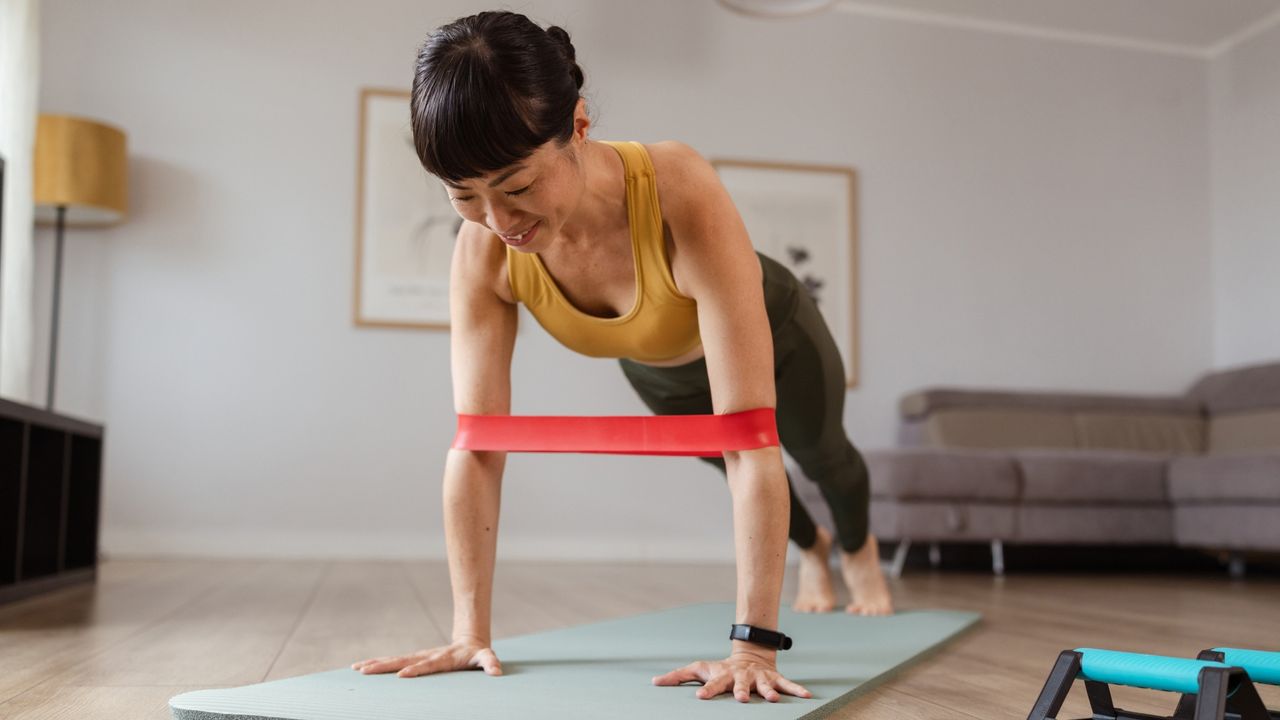
Pilates is a brilliant way to build strength and improve your mobility, posture and coordination.
But if you need to progress from working with just your bodyweight and don’t want to invest in expensive reformer machine classes, there’s another way to level up.
Pilates instructor Ashlea McKee recommends using just one simple tool: a resistance band.
"The resistance band adds a surprising amount of challenge and versatility to your workouts without taking up space or breaking the bank. It's also great for travel," McKee tells Fit&Well.
Below, McKee has shared six Pilates moves you can upgrade with a resistance band.
Six Pilates moves you can do with a resistance band
All you’ll need for this workout is a short loop resistance band and an exercise mat (or a towel or blanket for support).
Complete eight to 10 repetitions of each move.
"I'm using a light resistance band," McKee says. "All the moves are quite challenging already so this is mainly for feedback, resistance and control."
If the press-up is too challenging, try it from your knees to start with. Similarly, you can swap the teaser exercise for a glute bridge if you find it too difficult.
"Try a Pilates bridge with the band above the knees on the thighs. Hold the bridge up and open and close the legs, feeling the resistance of the band," she says.
The benefits of adding a resistance band to Pilates workouts
Resistance bands challenge your muscles to work harder by adding constant tension, which builds muscular endurance.
Adding a resistance band to your Pilates workout also enhances your awareness of how your body moves, which builds your mind-muscle connection.
"The resistance band is a great prop as it provides feedback and resistance, almost like a mini reformer," McKee explains.
A resistance band can also deepen stretches, helping you develop greater flexibility and mobility.
Try this routine a few times a week to see improvements in your overall strength, mobility and stability, especially in your core.







